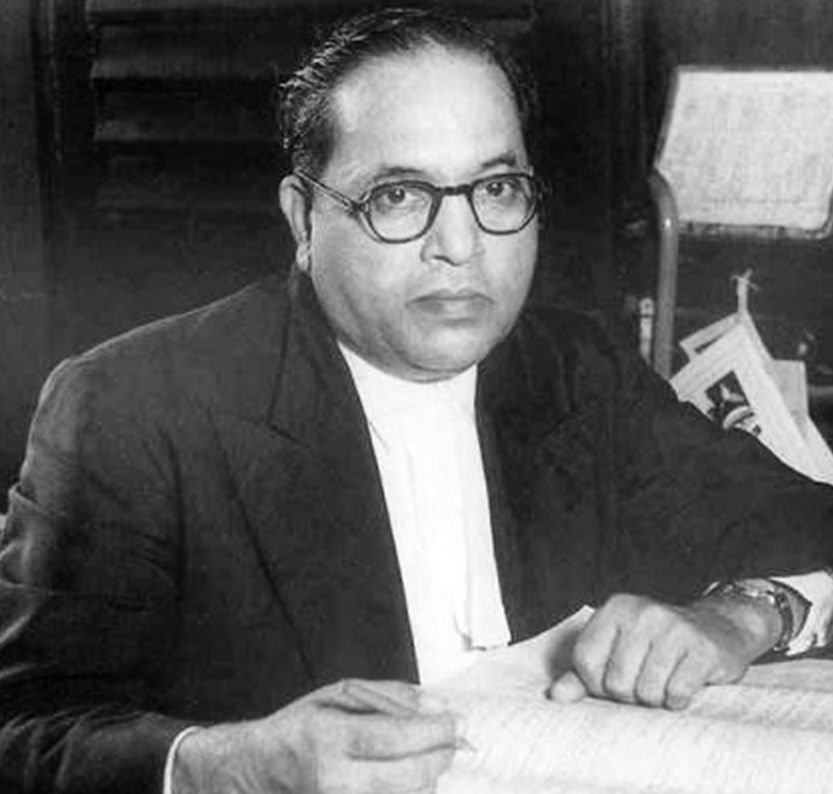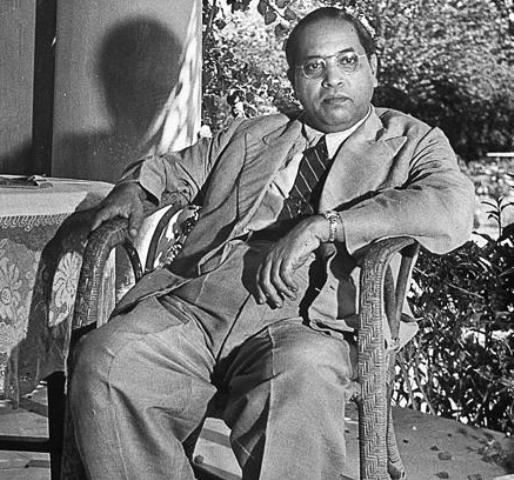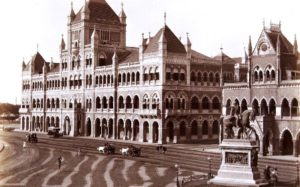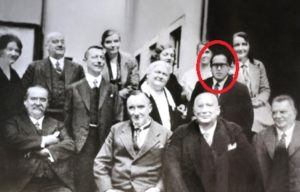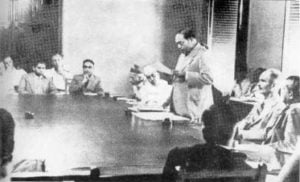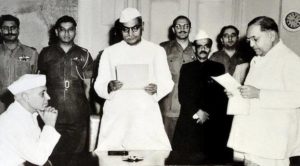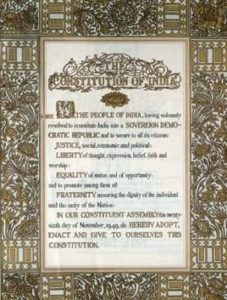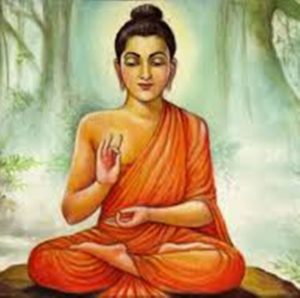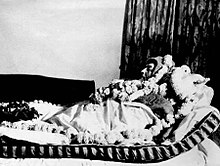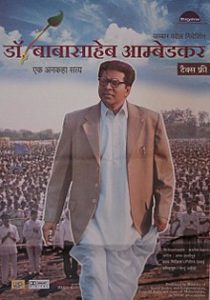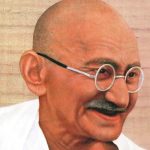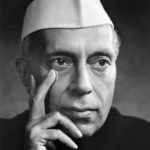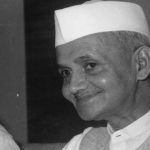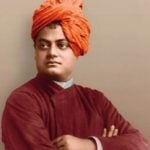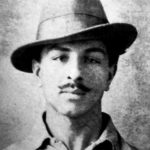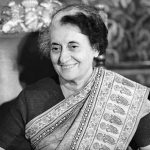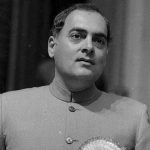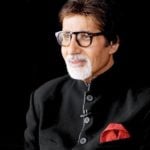| Full Name | Bhimrao Ramji Ambedkar |
| Nickname(s) | Babasaheb, Bheem |
| Profession(s) | Jurist, Economist, Social Reformer, Politician |
| Famous For | Being the Father of Indian Constitution |
| Physical Stats & More |
| Eye Colour | Black |
| Hair Colour | Black |
| Politics |
| Political Party | Independent Labour Party |
| Political Journey | • His political career started in 1936. On 15 August 1936, he founded his political party 'Independent Labour Party.'
• The party participated in the 1937 Central Legislative Assembly elections and won 14 seats.
• Later, he transformed his Independent Labour Party into the All India Scheduled Castes Federation. But, the party couldn't achieve desired results in the 1946 elections held for India's Constituent Assembly.
• He also participated in the Lok Sabha elections for two times but lost. |
| Personal Life |
| Date of Birth | 14 April 1891 |
| Birthplace | Mhow, Central Provinces, British India (now in Madhya Pradesh, India) |
| Date of Death | 6 December 1956 |
| Place of Death | Delhi, India |
| Age (at the time of death) | 65 Years |
| Death Cause | Died in his sleep after suffering from Diabetes |
| Zodiac sign/Sun sign | Aries |
| Signature | 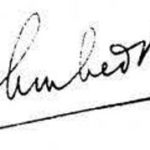 |
| Nationality | Indian |
| Hometown | Mhow, Madhya Pradesh, India |
| School(s) | • A School in Mhow, Madhya Pradesh
• Elphinstone High School, Bombay (now, Mumbai) |
| College/University | • Elphinstone College, Mumbai
• Columbia University, New York City
• London School of Economics
• University of Bonn, Germany
• Gray's Inn, London for the Bar Course |
| Educational Qualification(s) | • Economics and Political Science Degree from Bombay University
• Master’s Degree in Economics from Columbia University
• D.Sc. in Economics from the London University
• Ph.D. in Economics in 1927 |
| Religion | • Hinduism
• Buddhism (in his last years) |
| Caste | Dalit Mahar |
| Hobbies | Reading, Writing, Cooking, Travelling, Listening to Songs |
| Food Habit | Non-Vegetarian |
| Awards, Honours, Achievements | Bharat Ratna in 1990 |
| Famous Quotes | • The relationship between husband and wife should be one of closest friends.
• I measure the progress of a community by the degree of progress which women have achieved.
• I like the religion that teaches liberty, equality and fraternity.
• Life should be great rather than long.
• Be Educated, Be Organised and Be Agitated.
• If you believe in living a respectable life, you believe in self-help which is the best help.
• Religion is for man and not man for religion.
|
| Institutes/Places Named After Him | Airport:
• Dr. Babasaheb Ambedkar International Airport
Awards and Prizes:
By the Indian Government
• Dr. Ambedkar International Award
• Dr. Ambedkar National Award
By the Delhi Government
• Dr. B.R. Ambedkar Ratan Award
By Indian Dalit Sahitya Academy
• Dr. Ambedkar International Award
• Dr. Ambedkar National Award
By Chetana Association and Dr. Ambedkar Federation
• Dr. Ambedkar Samajik Nyay Award
• Dr. Ambedkar Arts and Literature Award
Others
• Dr. Babasaheb Ambedkar National Award
• Dr. B.R. Ambedkar National Award (by Dr. B.R. Ambedkar sports foundation)
• Dr. Babasaheb Ambedkar Noble Award (by International Human Rights Conference)
• Bharat Ratna Dr. Ambedkar Award
• Dr. Ambedkar International Award (by Jeevan Welfare Society, Nagpur, Maharashtra) |
| Relationships & More |
| Marital Status | Married |
| Family |
| Wife/Spouse | First Wife: Ramabai Ambedkar (m. 1906-1935) (until her dealth)
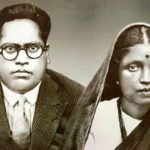
Second Wife: Savita Ambedkar (m. 1948–1956)
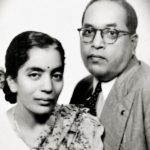 |
| Children | Son(s)- Rajratna Ambedkar (Died), Yashwant Ambedkar (from Ramabai Ambedkar)
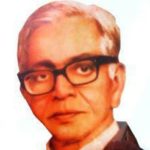
Daughter- Indu (Died) |
| Parents | Father- Ramji Maloji Sakpal (Army Officer)
Mother- Bhimabai Sakpal
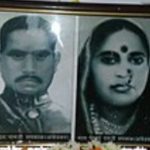 |
| Siblings | Brother(s)- Balaram, Anandrao
Sister(s)- Manjula, Tulasi, Gangabai, Ramabai
Note: He had total 13 siblings, out of which, only three brothers and 2 sisters survived. |
| Favourite Things |
| Favourite Food(s) | Plain Rice, Arhar Dal, Masoor Dal, Chicken, Fish |
| Favourite Book(s) | Life of Tolstoy by Leo Tolstoy, Les Misérables by Victor Hugo, Far from the Madding Crowd by Thomas Hardy |
| Favourite Person(s) | Gautama Buddha, Harishchandra (Indian King), Kabir Das (Indian Poet) |
| Favourite Animal | Dog |
| Favourite Colour | Blue |

